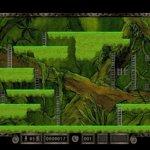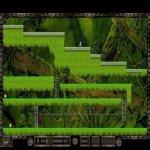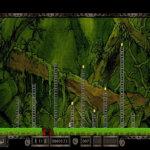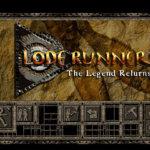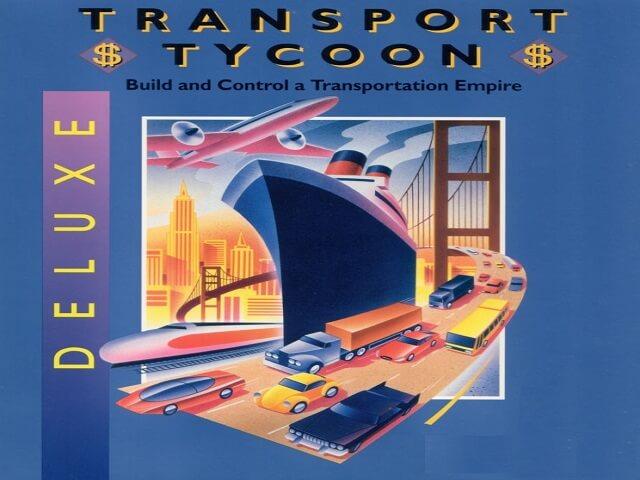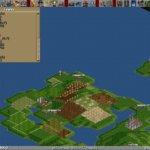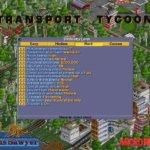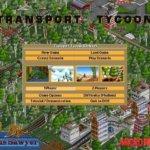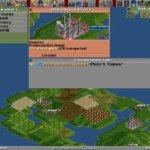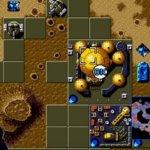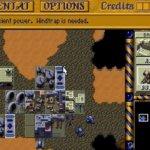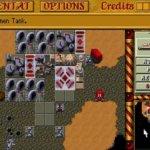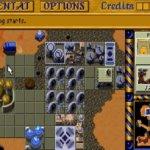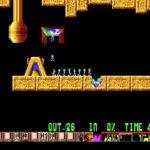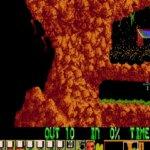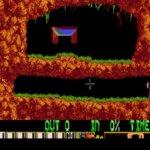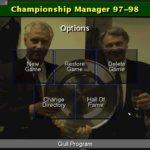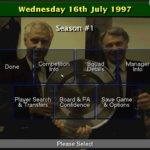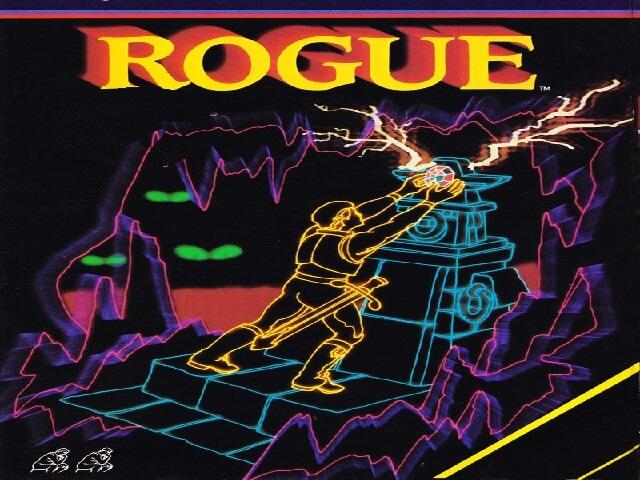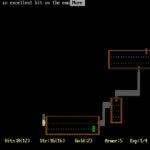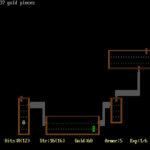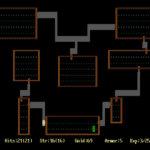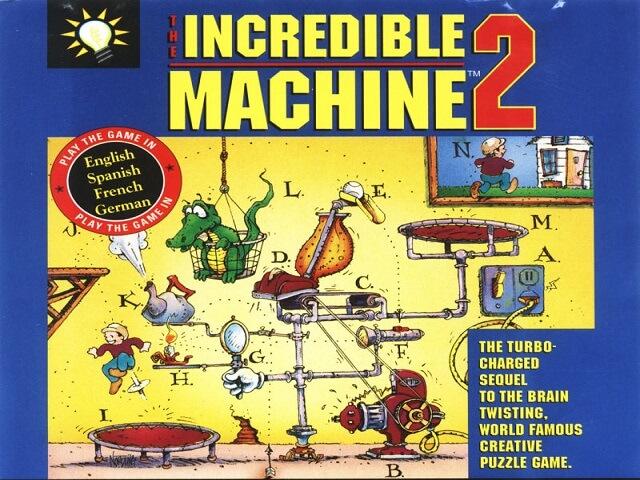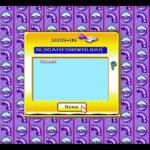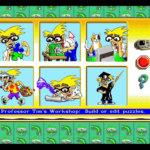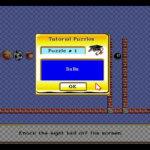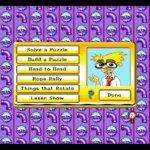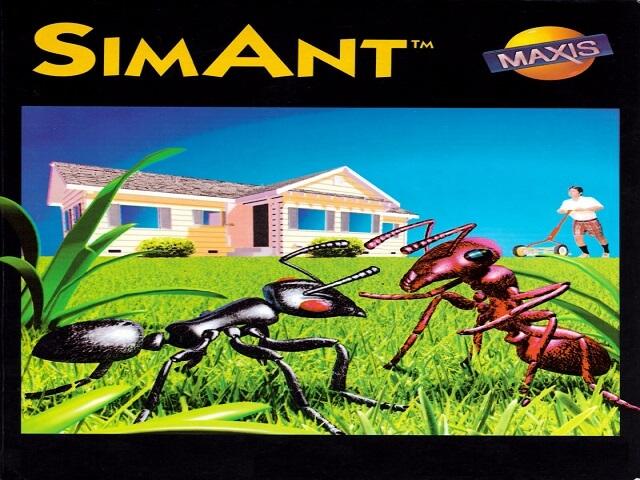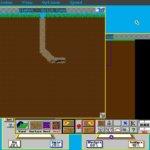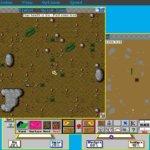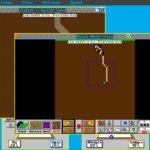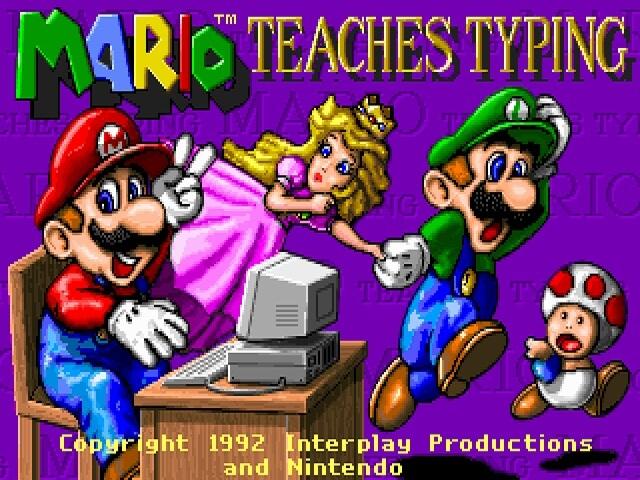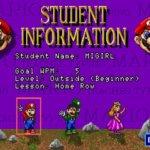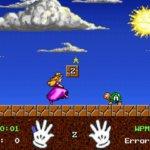Category: Dos
-
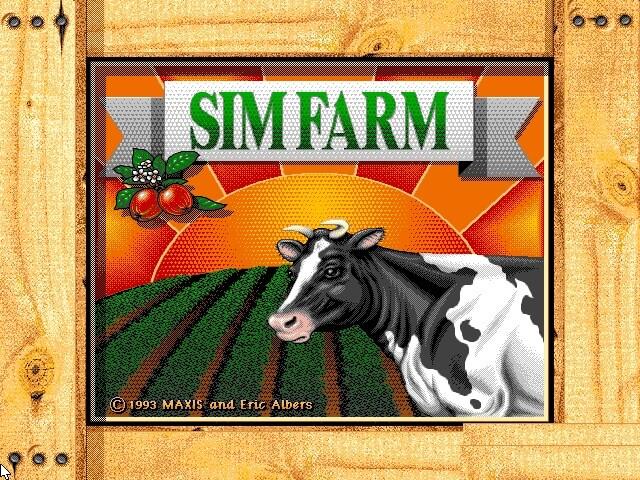
SimFarm
SimFarm: SimCity’s Country Cousin is a video game that allows players to construct and manage a virtual farm. Maxis created it and released it as a SimCity spin-off in 1993. The game came with a teacher’s guide to SimFarm teaching, as well as blackline masters to be photocopied for the class and a user manual. SimFarm and several other Maxis simulation games were re-released in 1996 as part of the Maxis Collector Series, with improved compatibility with Windows 95 and new box art, as well as the addition of Classics beneath the titley.
Publishers Maxis Developers Maxis Release date 1993 Genre Simulation [title] Gameplay
SimFarm puts players in charge of building up the land, putting up buildings, buying and selling livestock, and planting crops, just like on a real farm. A weather and season system is also in place, presenting the same types of challenges as a real-world farm. Disasters can wreak havoc on the player’s farm, just like in SimCity. Tornadoes, droughts, pests, and dust storms are just a few of the events that can wreak havoc on farm crops and harvests. Play SimFarm has four different types of livestock, each with its own set of food requirements, as well as the need for water and the ability to breed new livestock. Making a barn available for animal use can increase the value of the animals.
SimFarm includes a small town in its simulation. In both form and function, this town is reminiscent of SimCity. The player can occasionally interact with the town by suggesting new tile types and competing in livestock competitions (such as sending in a prize pig to potentially earn a blue ribbon and a cash prize.) Suggesting that an airport be built in town will usually result in its construction, allowing you to buy and use a crop duster.
In SimFarm, the homestead is where the player lives; it is expanded at the start of each game year if the player has made enough money the previous year. Play SimFarm allows the player to select a location based on the region and climate of one of nine US regions, or to create their own climate by adjusting average winds, rainfall, and temperatures.
Equipment is required to maintain your farm and harvest your crops. Structures are used to store items such as equipment, livestock, seeds, and so on. One tractor, one planter, one plow, one harvester, one truck, and one trailer are all that are needed to bring one field to harvest. Crops are the main source of revenue in the SimFarm game. All crops have different maturation cycles, water requirements, temperature requirements, and pest, weed, and disease resistance. To produce a high-value crop, each crop type must be grown in a season that meets these requirements and managed accordingly.
How to play [title]
Download the SimFarms.zip file.
Extract the Zip file to your retro games folder.
Double-click or drag the SimFarm.exe to your DosBox launcher shortcut icon.Download [title]
We might have the game available for more than one platform. SimFarm game is currently available on these platforms:
DOS (1993)
Text instructions (how to play on Windows)
- Click on the download button below. It should redirect you to your download (a .zip file). Make sure you download the file properly and that your internet does not disconnect while downloading.
- Extract the “SimFarm_DOS” folder to your desktop. You will need software such as WinRAR to do this.
- Download DOSBox and put a shortcut for DOSBox onto your desktop.
- Open the “SimFarm_DOS” folder and then open the “Game Files” folder.
- Drag the file called “SIMFARM” on top of the DOSBox icon and the game should now launch in DOSBox.
- Enjoy the game!
[title] Screenshots
DOS
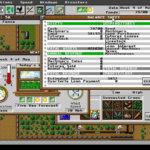
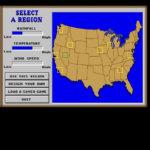
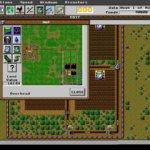
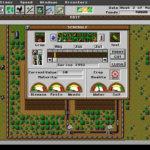
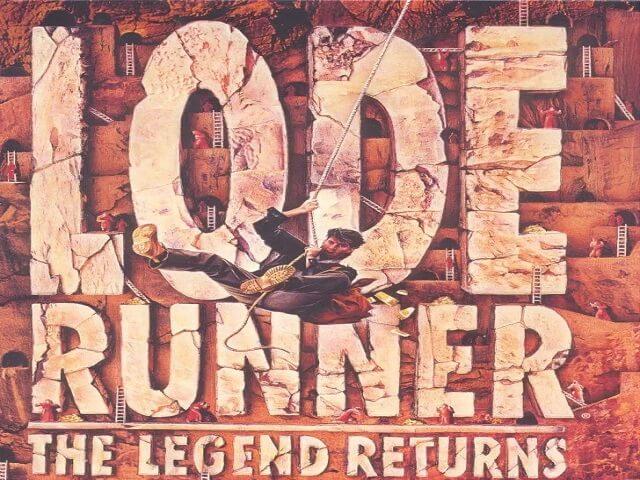
Lode Runner: The Legend Returns
Lode Runner: The Legend Returns is a 1994 remake of 1982’s Lode Runner video game. It was released for Microsoft Windows, Mac OS, Sega Saturn, and Sony PlayStation.
[title] Gameplay
Lode Runner: The Legend Returns is played in a single frame and includes many different elements such as ground, ladders, treasure, items, and villains. The goal is to collect all of the treasure while avoiding touching any of the monks and making it to the exit.
Devices that can only be picked up and used one at a time are among the new additions. Snare traps, incapacitating sprays, jackhammers, two types of bombs, pickaxes (which create a pile of rock from the ceiling, preventing enemies from advancing), and buckets filled with goo are among the devices available.
The game also brings back several varieties of “turf” from the original Lode Runner, as well as introduces a new one. In addition to regular turf, which can be dug through with the player’s blaster, there is nostalgic bedrock (which can only be penetrated with a jackhammer or a larger bomb, which, unlike small bombs, permanently destroys turf or any other item in the level except the exit) and trapdoor turf, which looks like regular turf but is actually empty space. Another type of turf is introduced: gooey turf, which slows both the player and his enemies’ movement.
The Legend Returns has 150 single-player levels divided into ten “worlds”: Moss Caverns (jungle), Fungus Delvings, the Lost City of Ur (ancient world), the Crystal Hoard, Winter’s Dungeon (ice world), Skeleton’s Keep (fossil world), Inferno’s Playground (lava world), Shimmering Caverns (phosphorus world), Shadowlands (dark world), and Meltdown Metropolis (industrial world). While the majority of the levels take place during the day, the levels in Shadowlands take place at night, when the entire screen is pitch black except for a moving circular patch of light within which the player can be seen. There are also 30 levels for two players. The two Shadowlands levels in this mode aren’t completely dark.
Lode Runner includes a level editor, which allows several levels to be combined into a single group of levels, as well as the ability to switch between different tilesets. Regardless of the tileset, the editor can set the level tonight or day and change the background music.
Download [title]
We might have the game available for more than one platform. Lode Runner: The Legend Returns is currently available on these platforms:
DOS (1994)
Text instructions (how to play on Windows)
- Click on the download button above. It should redirect you to your download (a .zip file). Make sure you download the file properly and that your internet does not disconnect while downloading.
- Extract the “Lode_Runner_The_Legend_Returns_DOS” folder to your desktop. You will need software such as WinRAR to do this.
- Download DOSBox and put a shortcut for DOSBox onto your desktop.
- Open the “Lode_Runner_The_Legend_Returns_DOS” folder and then open the “Game Files” folder.
- Drag the file called “LODERUNN” on top of the DOSBox icon and the game should now launch in DOSBox.
- Enjoy the game!
[title] Screenshots
DOS
